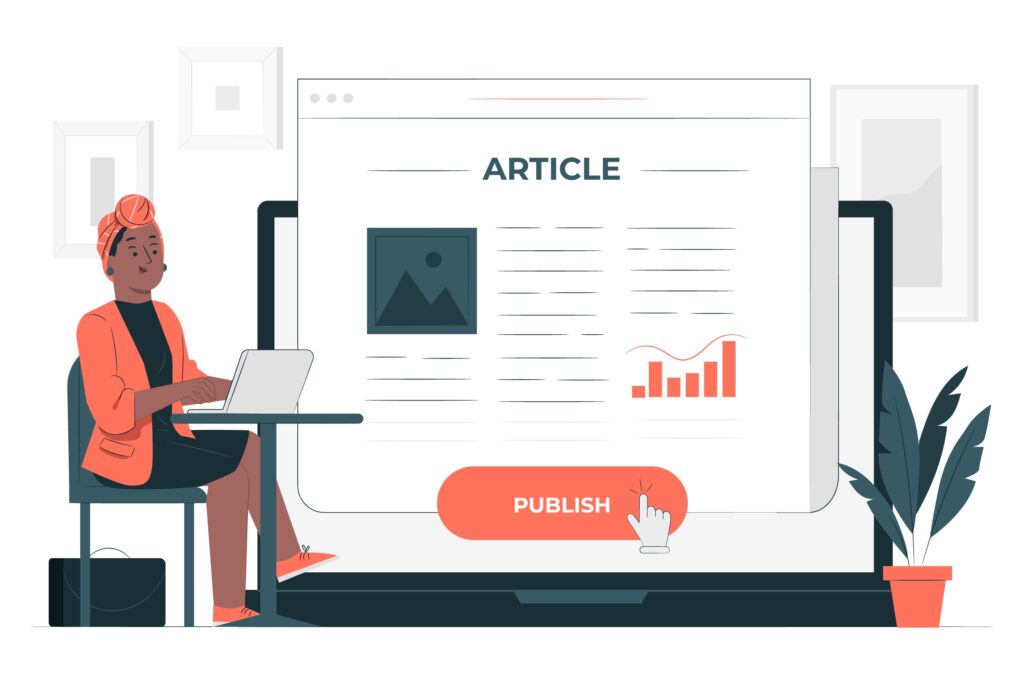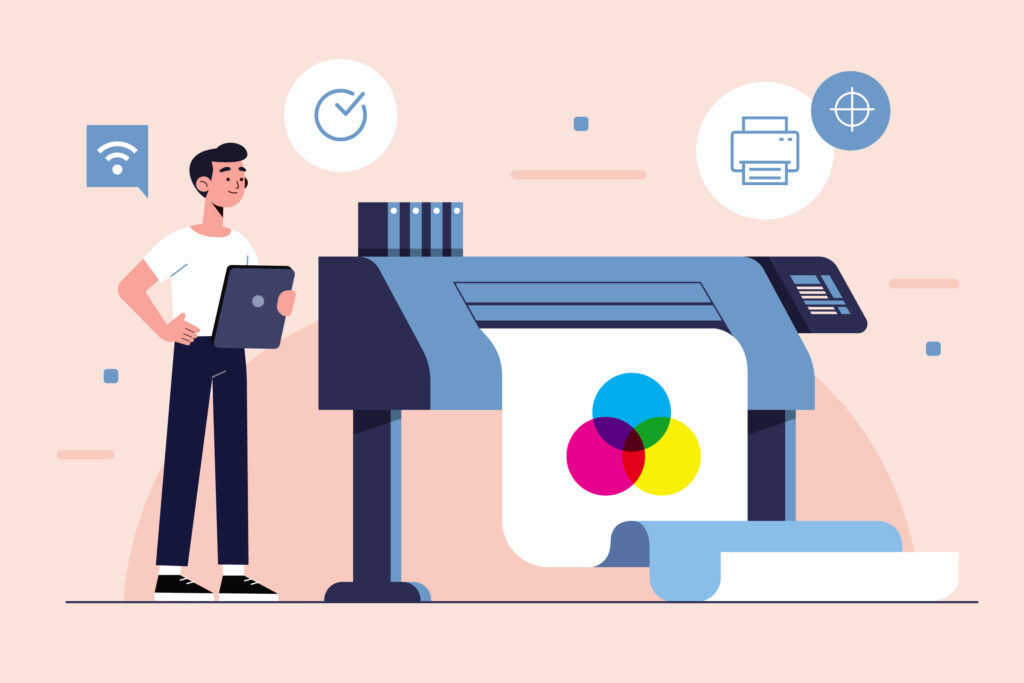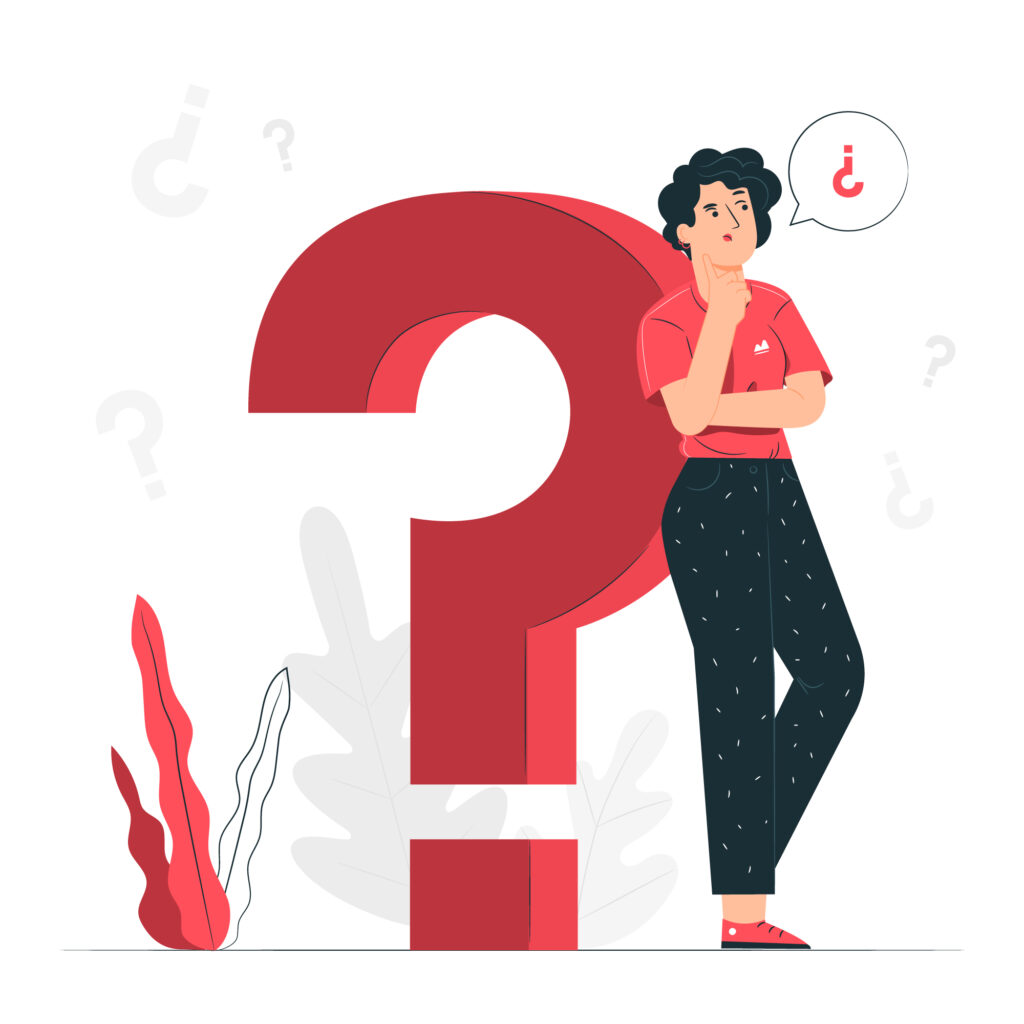What is Traditional Publishing?
Traditionally, authors have approached publishers to bring their books to market and to readers. When you as an author go to a traditional publishing house such as Purushottam Publishers, you would come with your original manuscript and the overall proposal. For the author, the first point of contact for the manuscript at the publisher’s will be the editor.
The editor reads it and considers whether it is right to publish. That means that the editor would look at the promise of a story or report and suggest ways of improving content to make it more appealing for the reader. You may be now be involved once more, working with an in-house editor, polishing the book content, so that it is presented at its best.
When the publisher decides to go ahead and publish, they purchase the rights for your book. This is the core of traditional publishing. This is where book royalties come in. You can rest assured that Purushottam Publishers, as a major traditional publisher, has ways and means and models as to how these are calculated. The rule of thumb is a percentage of estimated sales.
Once the contract is signed, the publisher applies for that all-important ISBN to put your imprint on a world database. Purushottam Publishers plan and put up the money on how to design and package the book, print as many copies of the book as will sell, market it, and finally distribute the finished book to the public. Each of these operations involve expenses which are budgeted for and picked up by the publisher. The publisher assumes the risk of publication and production costs, selects the works to be published, edits the author’s text, and provides for marketing and distribution and the ISBN registration formalities.
Research reports that established book publishers receive a staggering number of inquiries and manuscripts and that a very small percent of manuscripts will be approved. At Purushottam we take up each book as a project, having to come up with more and more creative marketing and distribution schemes to push each book. That is our responsibility as we pledge finances towards each procedure. In the end traditional publishing is known to be the safest publishing route for new and established authors.
Ask Purushottam Publishers.

How is Traditional Publishing different from other kinds of publishing e.g., vanity publishing, self-publishing and print-on-demand?

Authors know that traditional publishing as with Purushottam Publishers is the original, trusted way to publish. You know that the publisher has taken up the risk of publication and production costs, selected what is to be published, edited the text and provided for marketing and distribution and the ISBN registration formalities.
It is safe because the publisher settles the author’s fees and royalties based on the sales of the work. However, not all manuscripts are accepted, or are not acceptable for editing by you. What if you as an author are determined to see your book through to the printed stage without having to accept any hurdles?
The way out is the self-publishing imprint. As the term implies, you as the author have to do it all – applying for and receiving the ISBN number from the central agency and printing the number of books you think necessary. Other help is also at hand if you wish to go through an intermediary self-publishing enabler. The agent provides assistance in the form of book design and formatting and creative marketing schemes. The self publisher will refer you to that all-important book distributing agency unless you intend to contact each bookshop.
The other advantage of self publishing is how much more quickly you can become a published author. Your book is your only focus in the entire publishing cycle.
Any downside? Yes, since anyone can put out a finished book of any quality without it being overseen by someone who has the know-how and experience (read traditional publisher and their key employees), there is no way of rating the book content.
Worst of all is the vanity publishing pitfall. In vanity publishing authors pay to have their books published. Vanity publishers have no selection criteria, and the payment is requested to recoup the traditional publisher’s services in royalties to the author, editorial guidance and book promotion or advertising. Critics see it as payment for agreeing to publish.
When you speak to other self publishers, they might tell you that pure self-publishing without distribution and marketing advice won’t get your book into bookstores. What the companies providing self-publishing services do provide, is a contact for bookstores. If a reader who wants to buy your book approaches the bookstore, the books may not be on their shelves, but on a database which can be called up and the book requested.
This is where print on demand (POD) comes in. It is a printing technology and business process in which copies are printed when an order is received. That means that even one copy of a book can be printed and is possible on account of digital printing technologies.
Should I go for Self-Publishing?
The decision is yours – whether to go for traditional publishing when you know you stand on firm ground, or to self publish and learn on your own or through the services of a self publishing agent.
Ask us at Purushottam Publishers. We know.
We call traditional publishing the safest bet, whether you are a first time author, or an established, experienced storyteller. The contract and royalty payment may not be huge, given that the publisher is vetting what you write and taking responsibility for payouts. But you know with the first print where you stand with your readers.
As for self-publishing, you as an author have to be convinced that you can bring your book to market. There are many factors to be taken into account before you take the decision to self-publish.
You know how to obtain an ISBN to put your book on the international database from the rules we’ve set down for you in our first two blogs. That much is out of the way.
But what about having to identify your readers and consider ways and means of presenting the book to them? Secondly, would they appreciate your writing to the extent you expect them to? This relates purely to content.
Then, there are considerations of how to price your book for that reader, and how many of them you can estimate for – that is, how many books to you print and which bookshops do you place them in and in which cities? If you take the e-book or e-tailer route to overcome problems of book distribution, you still have to remember to promote your book to your reader.
That, of course, gives rise to further considerations – do you bring a few other professionals into the picture, such as a self-publishing agency, a promotional agency or individual, and how much would you wish to lay out for each of these activities?

What is Copyright and how do I register copyright of my book?

Some questions answered:
- What is copyright?
Copyright is a right given by the law for creative works. In fact, it is a bundle of rights including, inter alia, rights of reproduction, communication to the public, adaptation and translation of the work. Copyright serves the writer and author, protecting and rewarding creativity.
- Do I have to register my work to claim copyright?
No. Acquisition of copyright is automatic and does not require any formality. Copyright comes into existence as soon as a work is created and does not have to be acquired separately. If registered, it serves as prima facie evidence in a court of law.
- Where I can file application for registration of copyright for my work?
The Copyright Office has been set up to provide registration facilities to all types of works and is headed by a Registrar of Copyrights. It is centralised at 4th Floor Jeevan Deep Building, New Delhi- 110 001. The applications for registration of works can be filled at the counter of the Copyright Office. Applications are also accepted by post or on-line through “E-filing facility “.
- Can I directly file an application for registration of copyright of my work?
Yes. Any individual who is an author or rights owner or assignee or legal heir can file application for copyright of a work either at the copyright office or by post or by e-filing facility from the copyright Office web-site www.copyright.gov.in.
- Can I register copyright for my unpublished works?
Yes. Both published and unpublished works can be registered. Copyright in works published before 21st January, 1958, i.e., before the Copyright Act, 1957 came in force, can also be registered according to the procedures set down by the office.
- Can I register copyright for Computer Software or Computer Programme written by me?
Yes. Computer Software or programme can be registered as a ‘literary work’. As per Section 2 (o) of the Copyright Act, 1957 “literary work” includes computer programmes, tables and compilations, including computer databases. ‘Source Code’ has also to be supplied along with the application for registration of copyright for software products.
- How long will it take to register my work at the Copyright Office, Govt of India?
Between checking for any no objection by the Copyright office that the piece of work is an original piece and checking for any discrepancies, it is best to allow 2 to 3 months time for registration.
